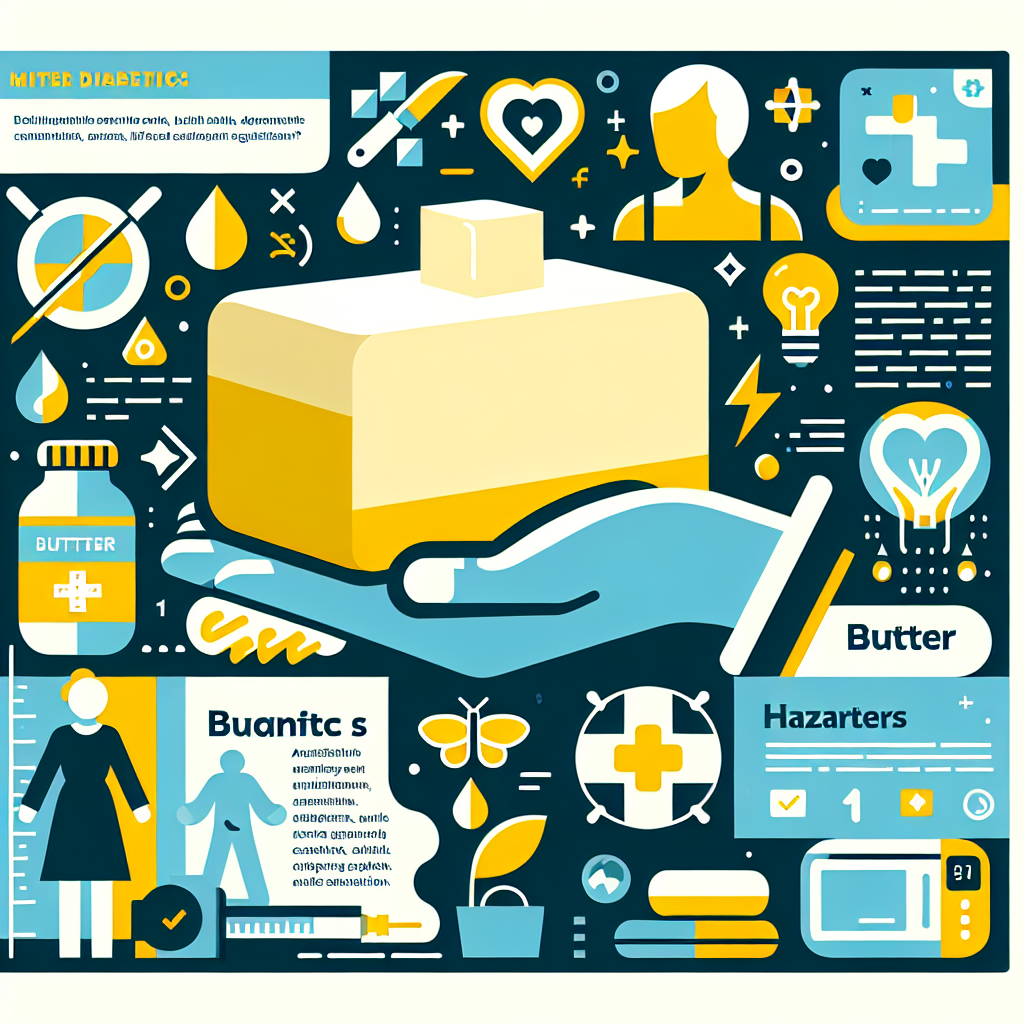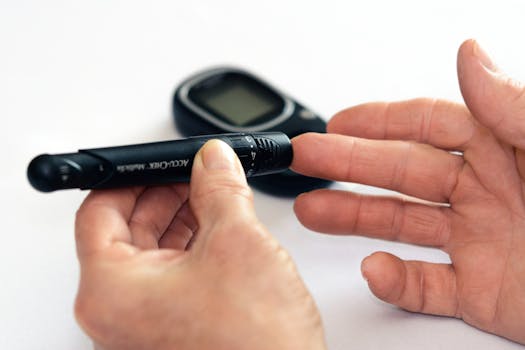Many people wonder: is butter bad for diabetics, or can it fit into a balanced meal plan that supports blood glucose control and heart health? The short answer is: butter is not a carbohydrate, so it won’t raise blood sugar directly, but its high saturated fat content and calorie density mean it deserves thoughtful portion control and substitution choices for people with diabetes.
Is butter harmful for people with diabetes? A close look at the risks
Butter is primarily fat—mostly saturated fat—and a tablespoon contains around 100 calories. Saturated fat can raise LDL cholesterol, which increases cardiovascular risk. People with diabetes already face a higher risk of heart disease, so dietary choices that affect cholesterol and weight are especially important. That doesn’t mean butter must be eliminated completely, but it does mean thinking about frequency, portion size, and overall dietary pattern.
How fats affect glucose and heart health
Unlike carbohydrates, fats have a minimal immediate effect on blood glucose. However, high-fat meals can slow digestion, alter insulin response, and contribute to weight gain when consumed in excess. For many people with diabetes, the bigger concern is the long-term impact of saturated fat on heart health. Replacing some saturated fats with unsaturated fats (monounsaturated and polyunsaturated) has been shown to improve lipid profiles and reduce cardiovascular risk.
Practical guidance: can diabetics eat butter and how much?
If you’re asking can diabetics eat butter, the answer is yes—sparingly and strategically. A small pat of butter to flavor vegetables or whole-grain toast can be part of a balanced plate if overall saturated fat and calorie goals are met. Tips to keep in mind:
- Measure portions. A tablespoon is a reasonable maximum for many recipes; using teaspoons can help control calories and saturated fat.
- Balance the meal. Pair buttery foods with fiber-rich vegetables, lean proteins, and whole grains to reduce post-meal glucose spikes and improve satiety.
- Choose healthier fats when possible. Olive oil, avocado, nuts, and seeds provide heart-healthy monounsaturated and polyunsaturated fats.
- Watch overall saturated fat. Dietary guidelines recommend limiting saturated fat to less than 10% of daily calories for most people, and some health professionals advise lower limits for people with diabetes or heart disease.
Butter alternatives and swaps
Small swaps can reduce saturated fat without sacrificing flavor. Try:
- Olive oil or avocado spread on toast instead of butter.
- Use low-fat yogurt or mashed avocado as a creamy element in sauces and dressings.
- For baking, replace part of the butter with applesauce or mashed banana where appropriate to cut calories and saturated fat.
These swaps can make it easier to keep portion sizes reasonable and increase intake of healthier fats and fiber.
Monitoring and personalization
Everyone’s diabetes and cardiovascular risk profile is different. Work with your healthcare team or a registered dietitian to set personalized targets for calories, saturated fat, and total fat. They can help you test how different meals affect your blood glucose and tailor recommendations to your medications, activity level, and goals. For general dietary guidance on managing diabetes and heart health, reputable public health resources are useful; for example, the CDC provides practical advice on healthy eating for people with diabetes: CDC guidance on eating well with diabetes.
For a more complete resource on living with type 1 and type 2 diabetes, consult this comprehensive guide: descriptive anchor text.
When to be cautious
Limit or avoid frequent, high-fat foods if you have elevated LDL cholesterol, a history of heart disease, or need to lose weight. If medications (like some statins or certain diabetes drugs) are part of your plan, coordinate dietary changes with your clinician to avoid unintended effects on glucose or lipid management.
Final thoughts
Butter is not inherently “off-limits” for people with diabetes, but its saturated fat and calorie content mean it should be used sparingly within an overall heart-healthy, balanced diet. Focus on portion control, choose healthier fat sources most of the time, and personalize choices with professional guidance.
- Takeaways:
- Butter doesn’t raise blood sugar directly but is high in saturated fat and calories.
- Use small amounts, measure portions, and prioritize unsaturated fats most of the time.
- Personalize choices with your healthcare team and monitor cholesterol and weight.
Can people with diabetes eat butter every day?
Occasional small amounts can be part of a daily diet, but daily consumption in large quantities is not recommended. Aim to keep saturated fat low and balance your plate with vegetables, fiber, and lean proteins.
What are better fat choices than butter for heart health?
Olive oil, avocado, nuts, seeds, and fatty fish provide healthier monounsaturated and polyunsaturated fats that support cardiovascular health and can be included regularly in a diabetes-friendly diet.






